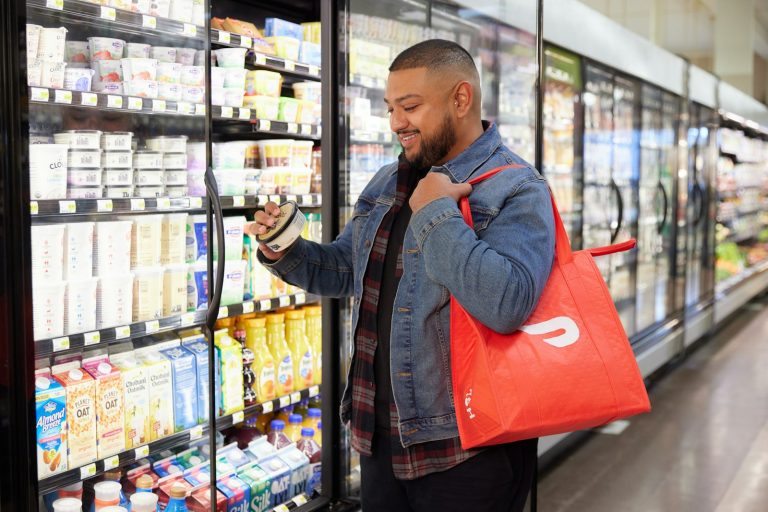When you walk through the aisles of a grocery store, every shelf is stocked with neatly packaged products, from cereals and snacks to detergents and diapers. But have you ever considered these items’ journey before they arrive in your shopping cart? Keep reading to delve into the intricate process that brings consumer packaged goods (CPG) from manufacturers to your home.
The Birth of a Product
The journey of a consumer-packaged good begins with an idea. This idea usually aims to fulfill a specific consumer need or improve existing products. Market research teams spend countless hours studying trends, consumer behaviors, and potential gaps in the market. Once a viable idea is identified, it goes through feasibility studies to determine if it can be successfully brought to market. This phase is critical as it sets the foundation for what will later become a tangible product on store shelves.
At this stage, businesses focus on product design and development. Engineers, designers, and product developers collaborate to transform concepts into prototypes. These prototypes undergo rigorous testing for safety, quality, and consumer satisfaction. Based on feedback and testing results, adjustments are made to ensure the product meets the set standards and consumer expectations. It’s a detailed process that requires precision and creativity, as companies aim to create products that serve needs and enhance user experiences.
Sourcing Materials
Once the product design is finalized, the next step is to source the materials needed to manufacture it. This involves a complex supply chain, which includes finding the right suppliers to provide high-quality materials at reasonable costs. Supply chain managers are essential at this stage, as they must ensure a steady flow of materials while managing costs and maintaining quality.
Companies often source materials globally, which requires coordination across various geographic locations and adherence to international trade regulations. Ethical sourcing is also a significant concern, as consumers increasingly prefer sustainably produced products. Companies must ensure their suppliers adhere to fair labor practices and environmental standards. This stage influences the final product’s cost and quality and the brand’s reputation among consumers.
The Heart of the Process – CPG Manufacturing
The core of consumer packaged goods production is the manufacturing process. Here, raw materials are transformed into the products that consumers will eventually purchase. CPG manufacturing techniques vary significantly depending on the product type, ranging from automated assembly lines for electronics to more manual processes for artisanal goods.
In CPG manufacturing, efficiency and consistency are key. Manufacturers employ advanced technologies and systems to ensure that each batch of products meets stringent quality standards. This stage involves a blend of human expertise and automation. Skilled workers oversee the production process, making critical decisions and adjustments to maintain quality. At the same time, automated systems handle repetitive tasks, enhancing efficiency as well as reducing the likelihood of errors.
This stage is vital because it directly affects the product’s quality and the speed at which it can be delivered to the market. Effective manufacturing processes help companies maximize production output while minimizing waste and operational costs. It’s a balancing act that requires meticulous planning and execution to ensure that products are high in quality and available when and where consumers need them.
Streamlining with Technology
As consumer goods move through the manufacturing process, a critical component that often goes unnoticed is the integration of sophisticated food washing and processing equipment. This technology is essential for scaling production while ensuring consistency and quality across thousands of units. Food processing equipment ranges from mixers and blenders to complex packaging machines that automatically fill, seal, and label products. This machinery is crucial for maintaining the speed and efficiency required in today’s competitive market.
Investment in the latest technology helps companies adapt to changing market demands more swiftly. For instance, a confectionery manufacturer can use precision extruders to create candies of exact weights and shapes, or a beverage company might use high-speed bottling lines to maintain output during high-demand periods. This use of advanced machinery not only boosts production rates but also improves safety standards by minimizing human contact with food products, thereby reducing contamination risks.
Distribution and Logistics
Once the products are manufactured, distribution is the next step in their journey. Effective logistics are crucial for getting the finished goods from the factory to various distribution centers and retailers. Depending on the geographical reach, this stage involves a fleet of transportation solutions, including trucks, trains, and sometimes even ships.
Logistics also requires sophisticated software systems to track and manage the movement of goods. These systems ensure products are delivered on time and in good condition, managing everything from inventory levels to delivery routes. The goal is to optimize the supply chain to reduce costs and increase the speed of delivery, ensuring that retailers are adequately stocked without overfilling their storerooms.
The Retail Frontier
Finally, the products reach retailers, where they are made available to consumers. Retailers—whether big box stores, specialty shops, or online platforms—effectively market these goods to end consumers. At this stage, sales strategies such as product placement, promotions, and pricing come into play.
Retailers work closely with CPG companies to forecast demand and ensure that popular items are readily available. They also gather consumer feedback, which is invaluable for manufacturers looking to improve existing products or develop new ones. The end of the supply chain is as crucial as the beginning, as it directly interfaces with the consumer and can significantly impact the product’s success in the market.
The Cycle of Consumer Goods
The journey of consumer packaged goods from concept to consumer involves a complex and interlinked chain of processes, each critical to the product’s success. From initial idea generation and sourcing of materials to manufacturing, distribution, and retail, every step must be meticulously managed to ensure the product meets the high standards expected by today’s consumers. Understanding this journey not only helps us appreciate the effort behind the products we use daily but also highlights the importance of each stage in delivering quality and satisfaction to the consumer market.

0 Comments